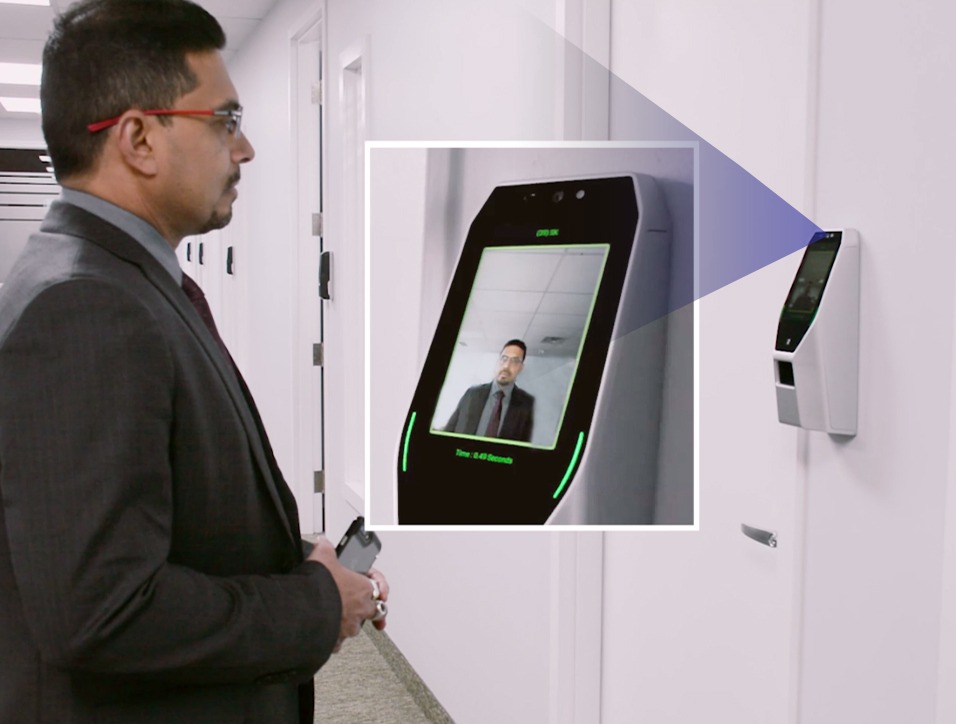The world has moved on from manual attendance taking, cumbersome attendance registrations, and endless paperwork to more automated times pioneered by attendance systems using face recognition technology. Indian institutions and businesses are bidding farewell to traditional attendance methods and embracing this new-age technology of biometric and fingerprint attendance recognition and tracking.
This article explores how an attendance system using face recognition is revolutionising the tracking of employee attendance. Also, the piece looks into record management in organisations, making life simpler and more efficient.
The Face Recognition Revolution
Face recognition technology has gained immense popularity recently due to its accuracy, convenience, and security. It utilises algorithms to analyse and identify unique facial features, making it a reliable tool for authentication and attendance tracking.
1. Efficiency Redefined
Traditional attendance methods involve time-consuming processes like manual data entry and the possibility of human errors. Face recognition systems streamline this process by automating attendance recording and minimising errors. Employees and students can record their attendance within seconds by simply standing in front of a camera.
2. Enhanced Security
Face recognition systems provide an extra layer of security. The unique facial features of an individual are difficult to replicate, reducing the chances of proxy attendance and ensuring that the person marking attendance is indeed the one they claim to be.
3. Cost Savings
Implementing an attendance system using face recognition can lead to significant cost savings over time. Companies save money by not having to purchase and maintain physical attendance registers or ID cards. The reduced administrative workload allows them to allocate resources more efficiently.
Online Attendance Apps
In addition to traditional face recognition systems, online attendance apps are gaining popularity. These apps offer the advantage of remote attendance tracking. Employees or students can mark their attendance using mobile devices, making it a convenient solution, especially in the current digital age.
Benefits of Online Attendance Apps
- Accessibility:It is possible to access online attendance app from anywhere, at any time. This easy access provides flexibility to employers and employees, which is particularly useful when remote work or online classes are the norm.
- Real-time Updates:Online attendance apps offer real-time attendance tracking, letting employers and educators access attendance data as recorded and allowing for immediate intervention in case of irregularities.
- Reporting and Analytics:These apps often have reporting and analytics features. Employers and educators can easily generate reports to assess attendance trends and patterns, helping make informed decisions.
- Integration:Many online attendance apps make integrations possible with other systems, such as payroll or student management software. This integration ensures seamless data flow and minimises the need for manual data entry.
- Notifications:Online attendance apps can send automated notifications to employees or students, reminding them to mark their attendance. This feature helps in maintaining punctuality and consistency.
The transition from traditional attendance methods to face recognition systems and online attendance apps is a leap forward to make processes more efficient, accurate and convenient. Whether you are an employer looking to streamline attendance management or an educational institution seeking a more secure and flexible way to track student attendance, these technologies offer a promising solution.
Embracing these innovations can lead to significant improvements in attendance tracking while also saving time and resources.



